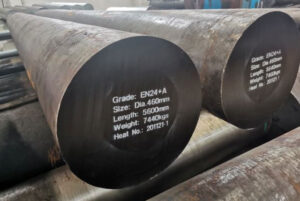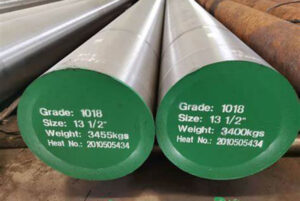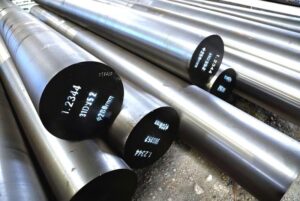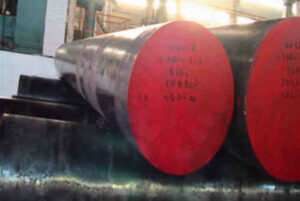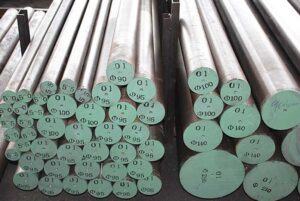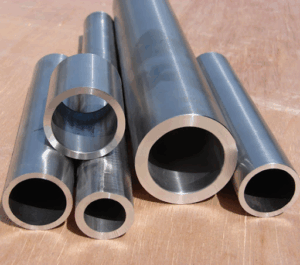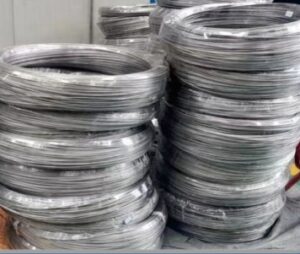Специальная сталь 304/304L нержавеющая сталь304 или 304L - самый распространенный и универсальный представитель аустенитной нержавеющей стали. Представьте себе металл, который с одинаковым комфортом украшает вашу кухонную раковину, а также выдерживает суровые промышленные условия - это и есть магия 304/304L. Но что именно делает эту сталь такой особенной? Пристегните ремни, потому что мы подробно изучим ее состав, свойства, области применения и все, что между ними.
Состав нержавеющей стали 304/304L
Думайте о нержавеющей стали, как о вкусном рецепте, в котором ключевые ингредиенты играют решающую роль. В 304/304L главными действующими лицами являются:
- Хром (18-20%): Этот супергеройский элемент образует на поверхности стали защитный слой оксида хрома, предохраняющий ее от коррозии - бича многих металлов.
- Никель (8-12%): Никель выступает в роли командного игрока, повышая пластичность стали и ее устойчивость к высоким температурам. Это как добавление секретного ингредиента, который улучшает все блюдо.
- Углерод (максимум 0,08% для 304, максимум 0,03% для 304L): Углерод в небольших количествах укрепляет сталь. Однако слишком большое количество углерода может привести к проблемам со сваркой, поэтому 304L отличается более низким содержанием углерода, что обеспечивает превосходную свариваемость.
- Марганец (макс. 2,00%): Этот невоспетый герой способствует повышению прочности и работоспособности.
- Другие элементы (кремний, фосфор, сера, азот): Эти вспомогательные элементы играют особую роль в тонкой настройке свойств стали.
Основные композиционные различия между 304 и 304L:
Основное различие между 304 и 304L заключается в содержании углерода. Более низкое содержание углерода в 304L делает ее чемпионом по свариваемости, особенно при работе с более толстыми секциями. Это связано с тем, что низкое содержание углерода минимизирует образование карбидов хрома в зонах сварки, которые могут ослабить соединение и увеличить восприимчивость к коррозии. Поэтому, если в вашем проекте предусмотрена обширная сварка, 304L - несомненный победитель.
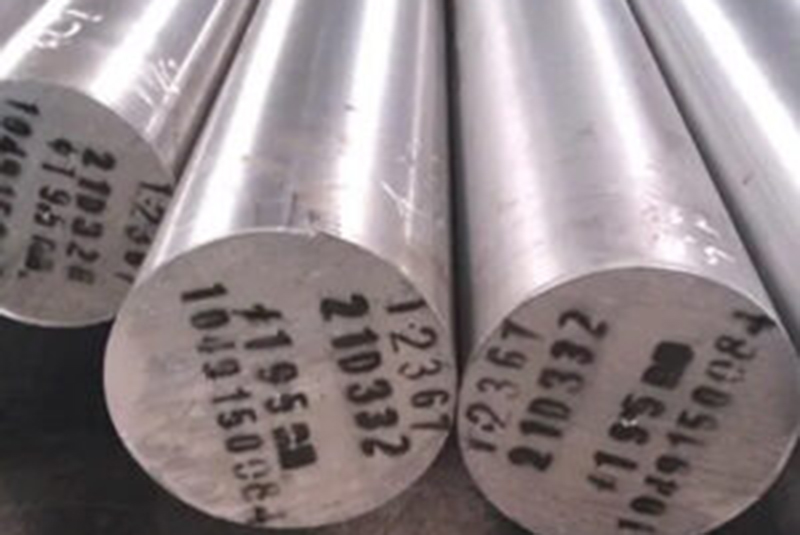
свойства Нержавеющая сталь 304/304L
Уникальная смесь элементов в 304/304L наделяет его рядом необходимых свойств:
- Устойчивость к коррозии: Слой оксида хрома действует как надежная защита, делая сталь 304/304L устойчивой к самым разным условиям окружающей среды, включая слабое атмосферное воздействие, пресную воду, а также многие продукты питания и напитки.
- Формуемость: Эта сталь гнется, принимает форму и тянется как сон, что делает ее идеальной для создания замысловатых деталей. Представьте себе, что это как работа с игровым тестом - легко манипулировать, придавая ему нужную форму.
- Свариваемость: Как упоминалось ранее, 304L лучше поддается сварке, особенно в толстых секциях, благодаря более низкому содержанию углерода. 304, хотя и поддается сварке, требует особых методов, чтобы избежать сенсибилизации шва (образования карбида хрома).
- Сила: 304/304L обладает хорошей механической прочностью, что делает его пригодным для использования в различных конструкциях.
- Устойчивость к высоким температурам: Эта сталь может выдерживать умеренно высокие температуры без потери прочности и целостности.
Сравнение свойств нержавеющей стали 304 и 304L:
| Недвижимость | Нержавеющая сталь 304 | Нержавеющая сталь 304L |
|---|---|---|
| Коррозионная стойкость | Великолепный | Великолепный |
| Формуемость | Великолепный | Великолепный |
| Свариваемость | Хорошо (требует особой техники для работы с толстыми участками) | Великолепный |
| Сила | Хорошо | Хорошо |
| Стойкость к высоким температурам | Хорошо | Хорошо |
Когда следует выбирать 304 против 304L:
Для большинства применений 304L является предпочтительным выбором из-за его превосходной свариваемости. Тем не менее, если сварка не требует больших затрат, а стоимость является основным фактором, 304 может быть приемлемым вариантом.
Потенциал нержавеющей стали 304/304L
Универсальность 304/304L проявляется в широком спектре ее применения:
- Архитектурные приложения: От фасадов зданий и перил до облицовки и кровли, 304/304L придает архитектурным проектам элегантность и долговечность.
- Автомобильная промышленность: Благодаря своей пластичности и устойчивости к коррозии эта сталь используется в различных автомобильных компонентах, таких как выпускные коллекторы, элементы отделки и даже некоторые кузовные панели.
- Оборудование для пищевой промышленности: Представьте себе сверкающие чаны, резервуары и трубопроводы из нержавеющей стали на предприятиях пищевой промышленности - это, скорее всего, 304/304L в работе. Устойчивость к коррозии и простота очистки делают ее идеальной для применения в пищевой промышленности.
- Бытовая техника: От вашего надежного холодильника до элегантной посудомоечной машины - 304/304L, скорее всего, скрывается за кулисами, обеспечивая долговечность и устойчивость к ежедневному износу.
- Медицинское оборудование: Стерилизация имеет первостепенное значение в медицинской сфере, а способность 304/304L выдерживать высокие температуры в процессе очистки и стерилизации делает его ценным материалом для медицинских инструментов и оборудования.
- Химическая обработка: Хотя 304/304L подходит не для всех химических веществ, он может выдерживать ряд слабых и умеренных коррозионных сред, встречающихся в химической промышленности.
- Крепеж и метизы: Гайки, болты, винты и другие скобяные изделия часто полагаются на прочность и коррозионную стойкость 304/304L.
- Пружины: Хотите верьте, хотите нет, но некоторые пружины могут быть изготовлены из 304/304L, особенно когда требуется сочетание пластичности, прочности и коррозионной стойкости.
- Потребительские товары: От стильных ремешков для часов до изящной кухонной утвари - 304/304L придает изысканность и долговечность различным потребительским товарам.
Металлические порошки для аддитивного производства:
С развитием аддитивного производства (3D-печати) все большее распространение получают металлические порошки из нержавеющей стали 304/304L. Эти порошки позволяют создавать сложные, индивидуально спроектированные компоненты, обладающие теми же свойствами, что и кованая сталь 304/304L. Вот некоторые конкретные модели металлических порошков, которые следует рассмотреть:
- Höganäs AM 304L: Этот газоатомизированный порошок обладает отличной текучестью и плотностью упаковки, что делает его идеальным для различных процессов аддитивного производства, таких как лазерно-лучевое плавление (LBM) и электронно-лучевое плавление (EBM).
- Столярная присадка AM304L: Атомизированный азотом порошок отличается высокой чистотой и хорошей коррозионной стойкостью, что делает его пригодным для применения в областях, требующих биосовместимости или использования с продуктами питания и напитками.
- SLM Solutions SLM 316L: Хотя технически 316L (близкий родственник 304L с добавлением молибдена для повышения коррозионной стойкости), этот порошок может использоваться в тех случаях, когда свойств 304L достаточно. SLM Solutions предлагает хорошие возможности печати и механические свойства.
- EOS StainlessSteel 316L V2: Подобно порошку для растворов SLM, этот вариант от EOS относится к категории 316L, но может быть эффективным выбором для применения в приложениях, подходящих для 304L. Компания EOS известна своими высококачественными металлическими порошками.
- ExOne ExOsteel 316L 17-4PH: Эта металлическая порошковая смесь сочетает в себе 316L и нержавеющую сталь 17-4PH, обеспечивая баланс прочности и коррозионной стойкости. Несмотря на то, что это не совсем 304L, она может стать вариантом для применений, требующих дополнительной прочности по сравнению с 304L.
- BASF AM Порошок AM304L: Этот газоатомизированный порошок от BASF обладает хорошей печатаемостью и механическими свойствами, что делает его сильным претендентом на применение в различных областях аддитивного производства.
- Нержавеющая сталь LPW 316L: Как и другие варианты 316L, этот порошок от LPW может использоваться в тех случаях, когда свойств 304L достаточно. Компания LPW известна своими надежными металлическими порошками.
- GE Additive Arcam AM304L: Этот газоатомизированный порошок от GE Additive обладает хорошей текучестью и плотностью упаковки, что делает его пригодным для различных процессов аддитивного производства.
- Proto Labs ProtoLaser 316L: Как и другие порошки 316L, этот вариант от Proto Labs может стать оптимальным выбором для приложений, подходящих для 304L. Компания Proto Labs известна своими быстрыми сроками выполнения заказов в области аддитивного производства.
- Renishaw AM267: Атомизированный азотом порошок обладает уникальным сочетанием свойств, включая высокую прочность и хорошую коррозионную стойкость. Несмотря на то, что он не является строго 304L, его можно использовать в сложных случаях, когда требуется повышенная прочность.
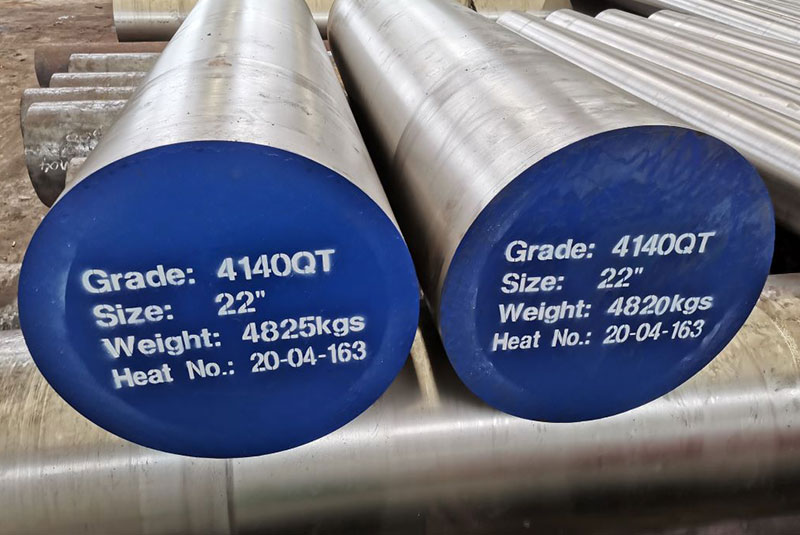
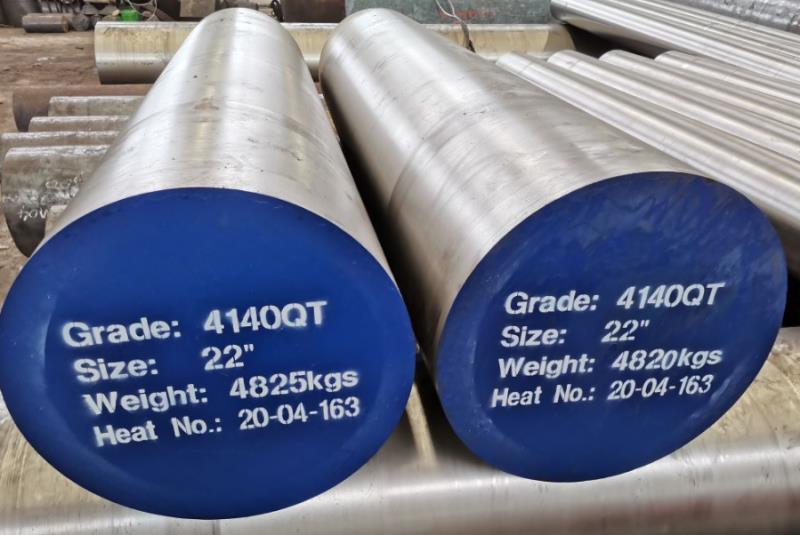
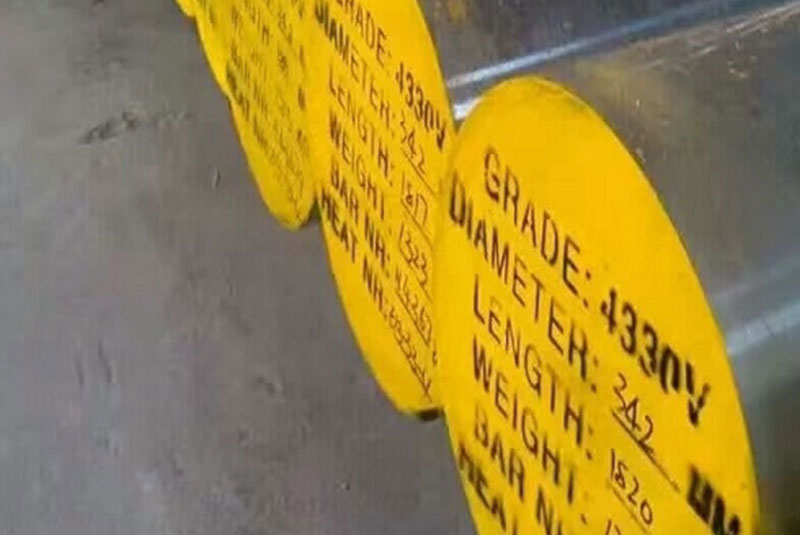
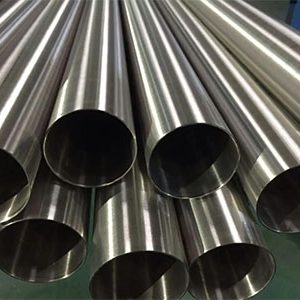
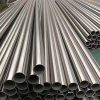
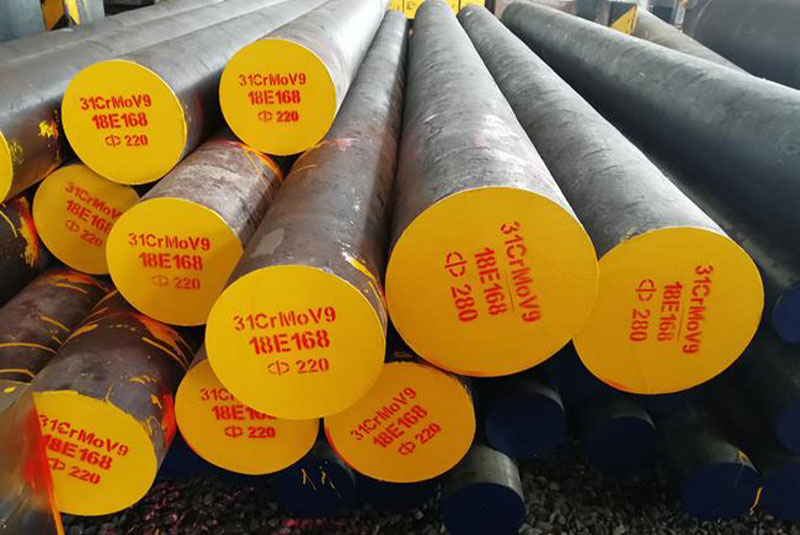
Технические характеристики, размеры и марки нержавеющей стали 304/304L
Кованые изделия:
Нержавеющая сталь 304/304L выпускается в огромном количестве форм, размеров и марок для различных областей применения. Вот их перечень:
- Фигуры: Листы, плиты, рулоны, полосы, прутки, круги, квадраты, шестигранники, трубы, трубки и другие профили.
- Размеры: Толщина может варьироваться от тонкой фольги до толстых листов, а ширина и длина зависят от конкретной формы. Диаметр труб и трубок может варьироваться от долей дюйма до нескольких дюймов. Стандартные размеры легко доступны, а нестандартные размеры часто могут быть получены на специальных заводах.
- Градусы: 304 и 304L - наиболее распространенные марки, но существуют и другие варианты, такие как 304H (с высоким содержанием углерода для повышения прочности) и 304LN (с добавлением азота для повышения стойкости к точечной коррозии).
Металлические порошки для аддитивного производства:
Производители металлических порошков обычно предлагают различные гранулометрические составы для различных процессов аддитивного производства. К распространенным вариантам относятся:
- Тонкие порошки: Идеально подходит для печати с высоким разрешением, но может потребовать особого обращения из-за повышенной текучести.
- Средние порошки: Предлагают баланс между разрешением и текучестью, что делает их пригодными для более широкого спектра процессов аддитивного производства.
- Грубые порошки: Обеспечивает лучшую текучесть для более быстрой печати, но может привести к немного более шероховатой поверхности.
Выбор конкретного распределения размеров зависит от желаемого баланса между разрешением, скоростью печати и качеством поверхности для конкретного применения.
Поставщики и цены на нержавеющую сталь 304/304L
Кованые изделия:
Благодаря широкому распространению 304/304L можно легко приобрести у множества поставщиков и дистрибьюторов стали. Цены могут варьироваться в зависимости от таких факторов, как:
- Форма (лист, пруток, труба и т.д.): Стоимость обработки может влиять на цену за единицу веса для различных форм.
- Количество: При оптовых закупках цены обычно ниже, чем при небольших заказах.
- Расположение: Географические факторы, такие как транспортные расходы, могут повлиять на конечную цену, доставленную к вашему порогу.
- Отделка поверхности: Полированная или специальная отделка может потребовать дополнительных затрат по сравнению со стандартной фрезеровкой.
Рекомендуется получить котировки от нескольких авторитетных поставщиков, чтобы сравнить цены и убедиться, что вы получаете лучшее предложение.
Металлические порошки для аддитивного производства:
Металлические порошки для аддитивного производства обычно дороже кованых изделий из-за особенностей производственного процесса. Цены могут варьироваться в зависимости от:
- Характеристики порошка: Более тонкие порошки или порошки с уникальными свойствами, такими как высокая чистота или добавление азота, могут стоить дороже.
- Производитель: Цены на продукцию известных брендов, зарекомендовавших себя в производстве металлических порошков, могут быть несколько выше, чем у менее известных производителей.
- Количество: Как и в случае с коваными изделиями, оптовые закупки металлического порошка могут привести к снижению стоимости единицы продукции.
Вот некоторые ресурсы, которые помогут вам найти поставщиков нержавеющей стали 304/304L:
- Онлайн-каталоги: В ассоциациях металлургической промышленности и на онлайн-площадках часто указываются поставщики различных металлических изделий, включая нержавеющую сталь 304/304L.
- Металлосервисные центры: Эти компании поставляют и продают широкий ассортимент металлопродукции, в том числе 304/304L различных форм и размеров.
- Сайты производителей: Многие производители стали и металлических порошков имеют онлайн-каталоги, в которых указаны их официальные дистрибьюторы.
Взвешивая плюсы и минусы Нержавеющая сталь 304/304L
Преимущества:
- Отличная коррозионная стойкость: Материал 304/304L хорошо выдерживает различные условия окружающей среды, что делает его долговечным выбором для многих применений.
- Хорошая формуемость: Эта сталь легко гнется, принимает форму и тянется, позволяя создавать сложные детали.
- Свариваемость (особенно 304L): 304L отлично поддается сварке, что делает его подходящим для проектов, требующих обширных соединений.
- Хорошая прочность: 304/304L обеспечивает достаточную прочность для различных конструкционных применений.
- Устойчивость к высоким температурам: Эта сталь может выдерживать умеренно высокие температуры, не нарушая своей целостности.
- Подлежит вторичной переработке: 304/304L - это экологичный выбор, поскольку его можно перерабатывать и использовать повторно.
- Относительно доступная цена: По сравнению с некоторыми специальными нержавеющими сталями, 304/304L предлагает хороший баланс между производительностью и стоимостью.
Недостатки:
- Не подходит для всех агрессивных сред: Несмотря на хорошую коррозионную стойкость, 304/304L может оказаться не идеальным вариантом для использования в сильнокислых или едких средах.
- Магнитный (слегка): По сравнению с некоторыми другими сортами нержавеющей стали, например 316L, 304/304L обладает незначительным магнетизмом. Это может вызывать беспокойство в тех случаях, когда требуются немагнитные свойства, например, в некоторых электронных компонентах или медицинских устройствах, используемых в аппаратах МРТ.
- Более низкая прочность по сравнению с некоторыми сплавами: Несмотря на хорошую прочность для многих применений, 304/304L может быть не самым прочным вариантом на рынке. Если необходимы высокопрочные, несущие нагрузку компоненты, инженеры могут рассмотреть такие альтернативы, как 304L mod (модифицированный) или сплавы с высоким содержанием никеля.
- На формуемость может повлиять холодная обработка: Такие интенсивные процессы холодной обработки, как сильная вытяжка или формовка, могут слегка закалить сталь, что сделает последующую формовку более сложной. Отжиг (термическая обработка) может восстановить форму, но требует дополнительных технологических операций.
- Эстетическая привлекательность: Яркая серебристая отделка 304/304L придает элегантность и изысканность различным изделиям.
- Легко чистить и обслуживать: Гладкая поверхность 304/304L устойчива к образованию грязи и копоти, что облегчает ее очистку и уход, что является важным преимуществом для таких областей применения, как пищевое оборудование и бытовая техника.
- Универсальность: Как видно из широкого спектра применений, 304/304L является настоящим универсалом, предлагая сочетание желаемых свойств, которые удовлетворяют широкий спектр потребностей.
- Устоявшийся материал с проверенной репутацией: Десятилетия использования в различных отраслях промышленности позволили 304/304L стать надежным и заслуживающим доверия материалом с хорошо известными эксплуатационными характеристиками.
- Биосовместимость (особенно 304L): Низкое содержание углерода в 304L минимизирует риск выщелачивания ионов металлов, что делает его более биосовместимым по сравнению с 304. Это особенно актуально для медицинских приборов или оборудования, контактирующего с тканями человека.
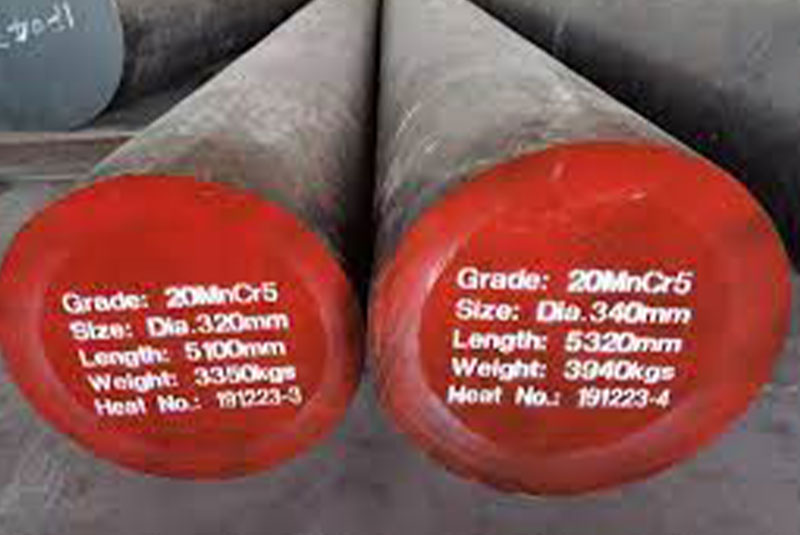
Когда следует выбирать 304 против 304L:
В большинстве случаев 304L является предпочтительным выбором благодаря своей лучшей свариваемости, особенно для толстых секций. Однако вот краткое руководство по принятию решений:
- Выберите 304L, если:
- Требуется обширная сварка, особенно для толстых секций.
- Биосовместимость является предметом озабоченности (например, при использовании в медицине).
- Немного меньшая прочность 304L по сравнению с 304 является приемлемой для вашего применения.
- Выберите 304, если:
- Сварка не является серьезной проблемой, или вы имеете дело с тонкими секциями, где сенсибилизация сварного шва не так важна.
- Стоимость является основным фактором, и небольшая разница в цене между 304 и 304L имеет значение.
Помните, что всегда рекомендуется проконсультироваться с инженером по материалам или квалифицированным поставщиком металла, чтобы убедиться, что вы выбрали наиболее подходящую марку нержавеющей стали для вашего конкретного применения.
ЧАСТО ЗАДАВАЕМЫЕ ВОПРОСЫ
| Вопрос | Ответить |
|---|---|
| В чем разница между нержавеющей сталью 304 и 304L? | Основное различие заключается в содержании углерода. 304L имеет более низкое содержание углерода (не более 0,03%) по сравнению с 304 (не более 0,08%). Благодаря этому 304L лучше подходит для сварки, особенно для толстых секций. |
| Является ли нержавеющая сталь 304/304L магнитной? | Да, но по сравнению с некоторыми другими марками нержавеющей стали она слегка магнитится. Для большинства применений это не имеет значения, но если требуются строгие немагнитные свойства, рассмотрите другие марки. |
| Каковы некоторые распространенные области применения нержавеющей стали 304/304L? | Благодаря своей универсальности 304/304L находит применение в различных отраслях промышленности, включая архитектурные компоненты, автомобильные детали, оборудование для пищевой промышленности, бытовую технику, медицинское оборудование, химическую промышленность, крепеж и метизы, пружины и товары народного потребления. |
| Является ли нержавеющая сталь 304/304L устойчивой к ржавчине? | Несмотря на высокую устойчивость к коррозии, он не является полностью антикоррозийным. Он все еще может ржаветь в экстремальных условиях. Однако слой оксида хрома обеспечивает отличную защиту от повседневного износа и многих условий окружающей среды. |
| Можно ли окрашивать нержавеющую сталь 304/304L? | Да, но для хорошей адгезии очень важна правильная подготовка поверхности. Обратитесь к профессиональному маляру за рекомендациями по подходящим грунтовкам и краскам. |

